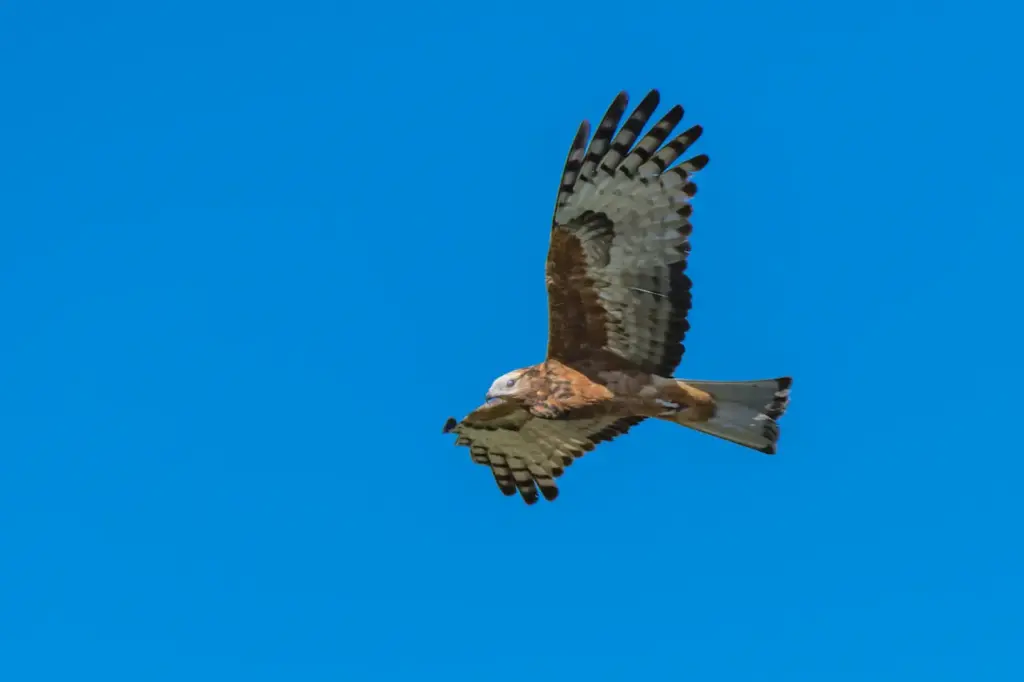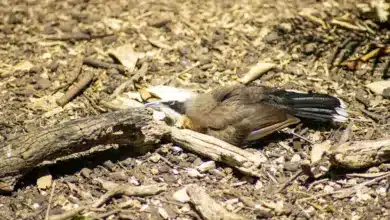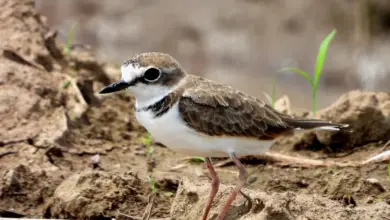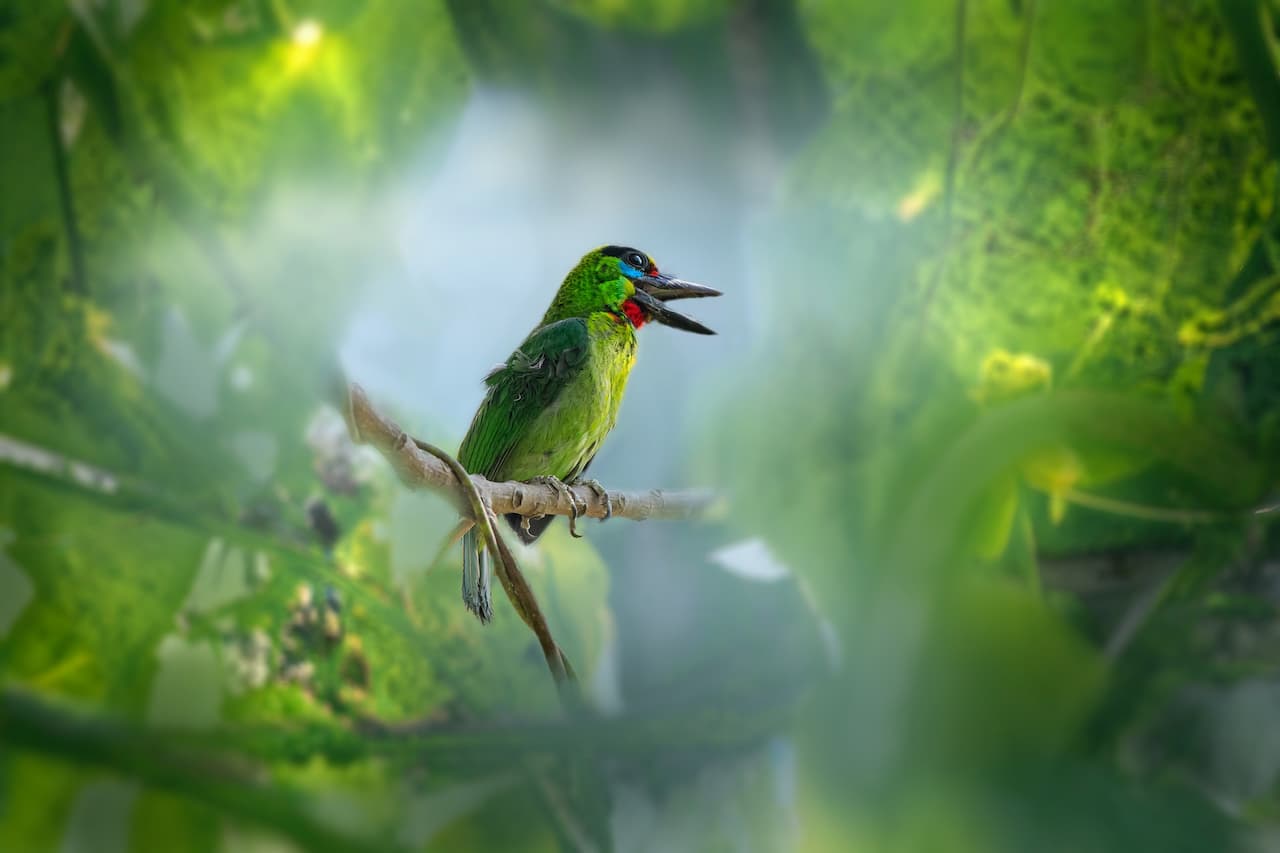Square-tailed Kites
Square-tailed Kites (Lophoictinia isura)
The Square-tailed Kites, Lophoictinia isura, is a bird of prey in the family Accipitridae which also includes many other diurnal raptors such as kites, eagles, and harriers.
Description
Members of the genus Lophoictinia are medium-sized kites.
Their wings are long and somewhat pointed; the tail long and forked, and the legs short. The plumage is mottled and streaked – chestnut and black.

Range
The Square-Tailed Kites are found in scrub and open countries in Australia (only rarely in the southeast of the country). It avoids forested areas and is absent from Tasmania.
Kite Information and Species Listing … Kites Photo Gallery
Birds of Prey … The Sport of Falconry
Physical Description
The crown and nape are pale rufous with broad black shaft streaks. The back and upper-wing coverts are dark sepia, with a rufous leading edge to the wing at its base, and pale sepia or rufous edgings, forming a pale patch at the bend of the wing.
The upper-tail coverts are barred with sepia, rufous and white. The tail is dark brown, slightly forked, with four narrow black bars and a broad subterminal black bar. The tip of the quills are whitish. Wing quills are very long, sepia basally with some white on inner webs, barred and broadly tipped black. The chin and throat are buff with narrow black shaft streaks.
The rest of the underside of the body is chestnut, streaked with black, the streaks being most broad and dense on the breast, sometimes forming a dark band. The tail quills below are silvery grey with a terminal dark grey bar. The greater primary coverts are black forming a black spot at the carpal joint; the lesser wing coverts are chestnut, streaked with black.
Primary (longest wing feathers) and secondary flight feathers (shorter, upper “arm” feathers) are white or pale grey basally, making a conspicuous white patch at the carpal joint contrasting with the black spot and chestnut wing coverts. The primaries (= longest wing feathers) are strongly barred with grey and black towards the tips, the secondaries (shorter, upper “arm” feathers) being nearly plain with darker tips. The eyes, feet, and cere are yellow.
Immatures are much like the adults but are paler overall, and less heavily streaked below. The eyes are grey/brown, the cere flesh-color, and the feet pale yellow.
Diet
The Square-Tailed Kites are more or less omnivorous. It takes insects, young birds, reptiles, birds’ eggs, and occasionally poultry, but not usually dead animals. All prey is taken on the ground.
Voice
The Square-Tailed Kite is apparently very silent.
Status and behavior in the wild
The long, markedly angled wings held well above the back and the almost square tail make it look rather like a harrier in flight. At rest, the chestnut head and underparts contrasting strongly with blackish upperparts and very long wings reaching to or beyond the tail tip should assist in identification.
It has some of the habits of a kite, soaring high over open country, scrubland, or woodland, but avoiding dense forests, though preferring wooded areas. In Western Australia, it likes sandy scrub, over which it flies low like a harrier. Although rare in some areas, it is locally common.

Breeding behavior
The large nest of sticks lined with green leaves is built in tall trees usually 40-80 feet up. It is about 40 inches across by 20-30 inches deep, with a cup of around 14 inches across and 3 inches deep. It is normally built by the birds themselves but is sometimes placed on an old nest of another species. It is sometimes found very low down where large trees are not available. Other birds may be found nesting in the structure.
Two or three eggs are laid. They are round oval, buffy white, glossless, boldly spotted with reddish brown and lavender. Laying dates vary from September to November, with most breeding between October and December. The whole breeding season lasts from August to December. The incubating female sits very tight. From most clutches, only one young is reared.
Information drawn heavily from Eagles Hawks and Falcons of the World, by Leslie Brown and Dean Amadon, published in 1989 by The Wellfleet Press – isbn 1-55521-472-X



